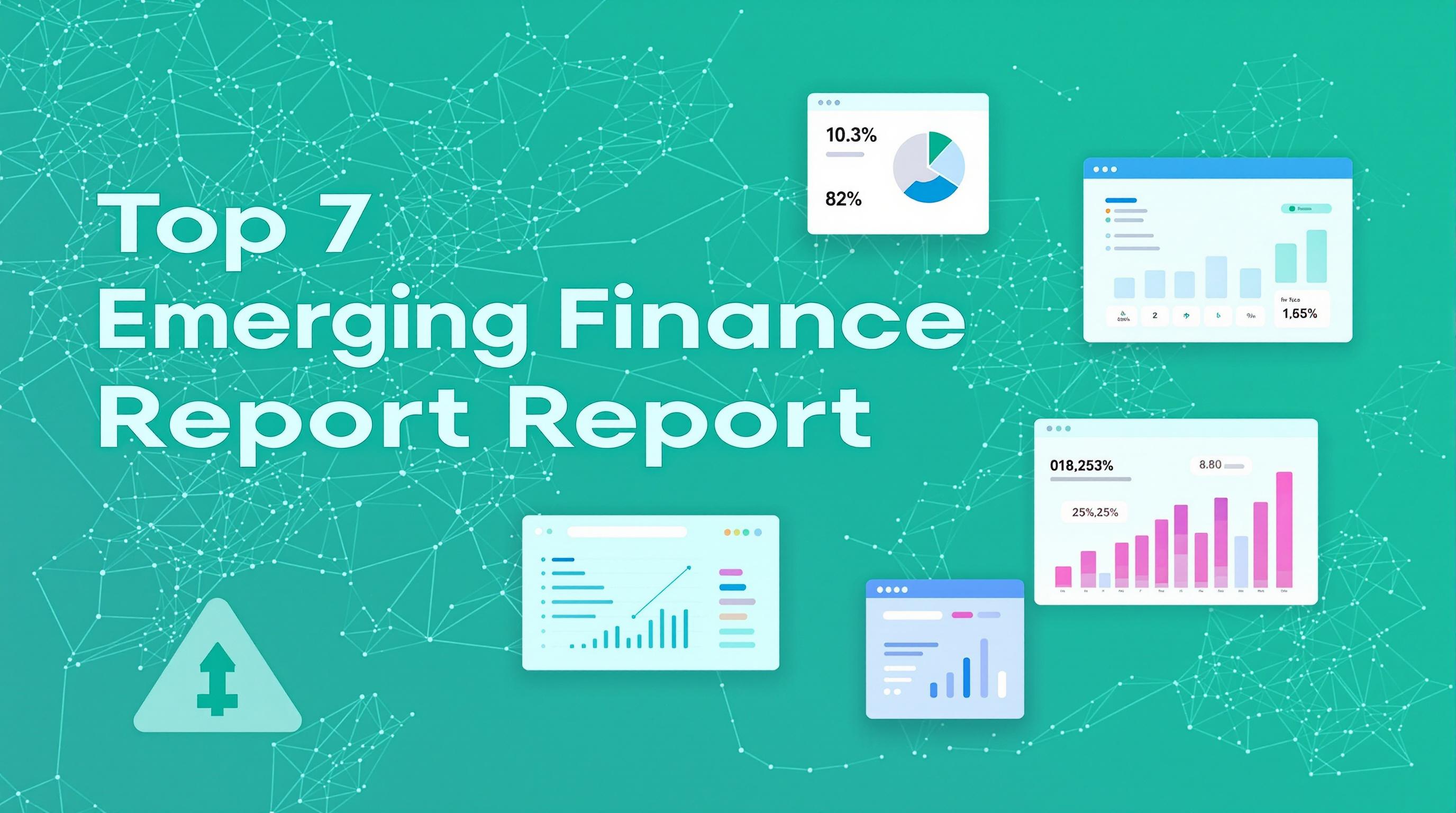Featured Articles
- "Behind the Numbers: How Quantum Computing Could Disrupt Traditional Finance Reporting"
- Beyond the Balance Sheet: The Dark Art of Creative Accounting in Corporate Finance Reports
- Cryptocurrency’s Silent Revolution: How Digital Assets Are Reshaping Traditional Finance Reporting
- Decoding the Dark Side: How Emotional Mismanagement Distorts Corporate Finance Reports
- "Finance Reports in the Age of AI: Uncovering Unintentional Biases and Surprising Impacts on Investment Strategies"
The Influence of Cultural Narratives on Financial Report Interpretation in Global Markets
The Influence of Cultural Narratives on Financial Report Interpretation in Global Markets
Different cultural narratives fundamentally shape how investors and analysts interpret financial reports across global markets, impacting decision-making and communication effectiveness. This article explores these cultural influences through varied narrative styles, weaving in statistics, case studies, and examples to illuminate the complex interplay between culture and finance.
Understanding the Cultural Lens: A Formal Overview
In the contemporary landscape of global finance, cultural narratives play an indispensable role in shaping the interpretation of financial reports. The research conducted by Hofstede (2010) clearly indicates that cultures with high uncertainty avoidance interpret ambiguous financial data with greater skepticism, whereas those with low scores tend to be more optimistic. This fundamental divergence influences not only the reception of financial disclosures but also subsequent investment decisions.
The Role of Language and Context
Financial reports, while universally structured to comply with standards such as IFRS or GAAP, inevitably carry subtleties that can be differently understood depending on cultural contexts. For example, indirect communication styles prevalent in East Asian cultures might lead to different interpretations of the same textual financial disclosures when compared to Western directness.
Storytelling from the Trenches: A Trader’s Perspective
I'm a 42-year-old market analyst based in Singapore, and I have learned firsthand how cultural narratives color the lens through which financial statements are viewed.
One vivid memory comes from a quarterly earning report of a multinational tech firm. Western investors focused sharply on the forecasted revenue dip, reacting with immediate sell-offs. Meanwhile, many Asian investors who value long-term relationships and ‘saving face’ preferred to see the company's strategic pivot despite short-term losses.
This dissonance caused some unexpected market volatility, underscoring the need for cultural awareness in global finance.
Did You Know? Statistics on Cross-Cultural Financial Interpretation
According to a 2022 survey by the Global Financial Literacy Excellence Center, 61% of investors from individualistic cultures (like the U.S. and UK) prioritize quantitative metrics such as earnings per share, while 53% of investors from collectivist cultures (including China and Japan) emphasize qualitative descriptors like management commentary and corporate ethics.
A Persuasive Take: Why Cultural Sensitivity in Financial Reporting Matters
Imagine if financial reports were tailored to acknowledge these cultural differences consciously. It’s not just an ethical imperative but a practical one: misread information can lead to market inefficiencies and costly investment errors. Regulators and firms alike must champion localized narratives alongside standardized formats to truly serve the global market.
Consider the 2018 Volkswagen emissions scandal—a stark example where Western investors heavily prioritized reported earnings, ignoring or misinterpreting underlying ethical risks that more collectivist cultures might have flagged earlier. This failure ultimately led to billions in losses.
The Humorous Side: When Financial Reports Get Lost in Translation
Picture this: a European firm once used a phrase in its financial statement assuring investors that profits were "resuscitated." While intended metaphorically to indicate recovery, Japanese investors reportedly confused this with the financial health being literally brought back from near-death, causing quite an eyebrow-raiser in boardrooms and a flurry of clarifying emails.
While this anecdote tickles the funny bone, it highlights the critical importance of precise language tailored to cultural expectations in financial disclosures.
Casual Chat: The Investor Next Door
Hey, so here's the thing. When I started investing across markets – and mind you, I'm just 25, barely getting a grip on it – I noticed the way folks from other countries react to the same numbers is mind-boggling. Take Japan and Brazil, for instance. Japanese investors might pause over subtle hints in management tone, while Brazilian investors often look at headline figures and expected growth because they gravitate toward optimism.
This kind of stuff isn't just academic; it’s real life. One wrong read can tank your portfolio or miss a golden opportunity.
Case Study: Cultural Misinterpretation in Emerging Markets
In 2019, a major Latin American energy company released its annual report emphasizing social responsibility projects in rural communities, reflecting a cultural narrative valuing communal welfare. However, Western institutional investors, focusing predominantly on cash flow metrics, initially undervalued the company’s long-term potential, causing price volatility and overlooked growth.
This case teaches us that financial interpretation without cultural insight can mask true corporate value, especially in emerging markets where non-financial narratives carry substantial weight.
Bridging the Gap: Strategies for Cross-Cultural Financial Communication
To overcome these challenges, multilingual and multicultural teams are increasingly employed to craft and interpret reports, ensuring that subtleties in language and cultural nuance are respected. According to McKinsey’s 2023 report on global investment strategies, firms with culturally diverse investor relations teams saw a 21% increase in cross-border investment inflows over five years.
Active engagement with local contexts and investor education initiatives can further mitigate misunderstandings and foster more inclusive market environments.
Conclusion
The intersection of cultural narratives and financial reporting interpretation is intricate and often overlooked. By embracing diversity in both language and worldview, global markets can become more transparent and accessible. Whether you're a seasoned investor or just starting out, understanding these cultural dimensions is no longer optional but essential in today’s interconnected economy.




